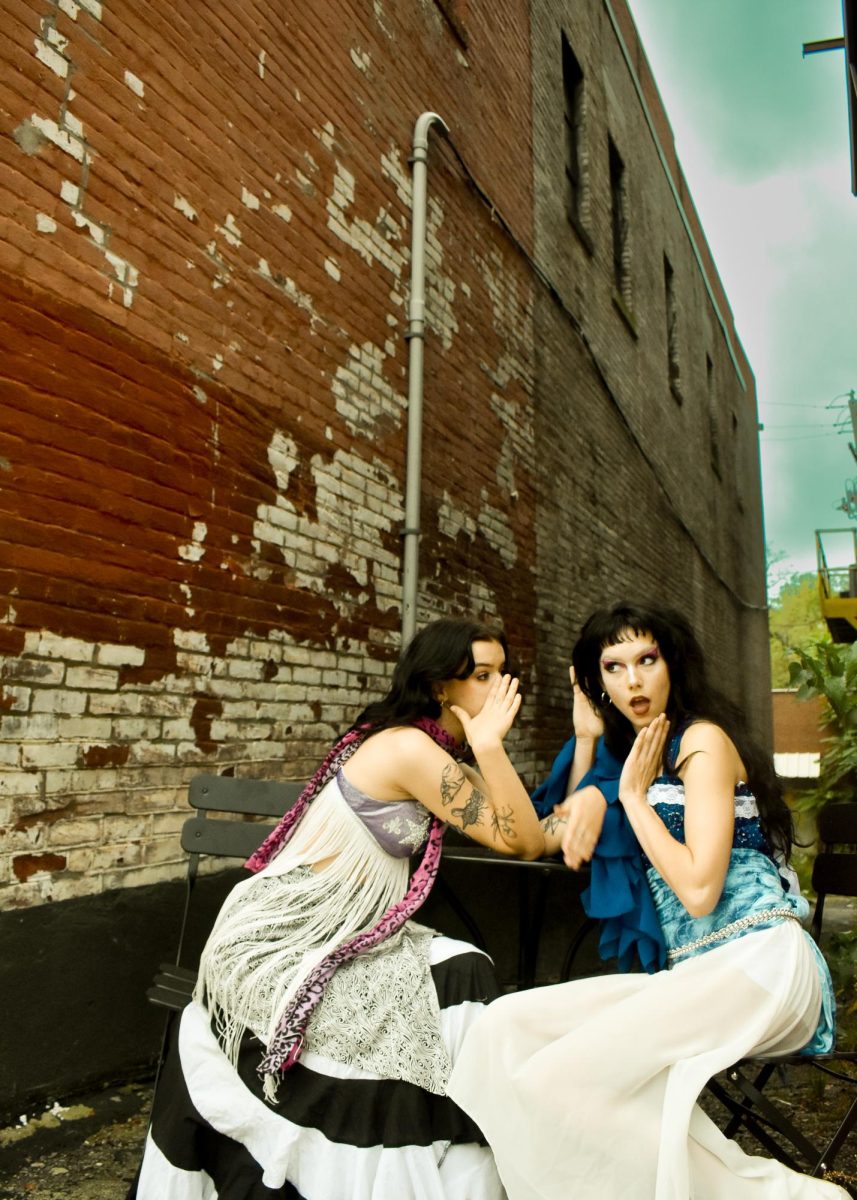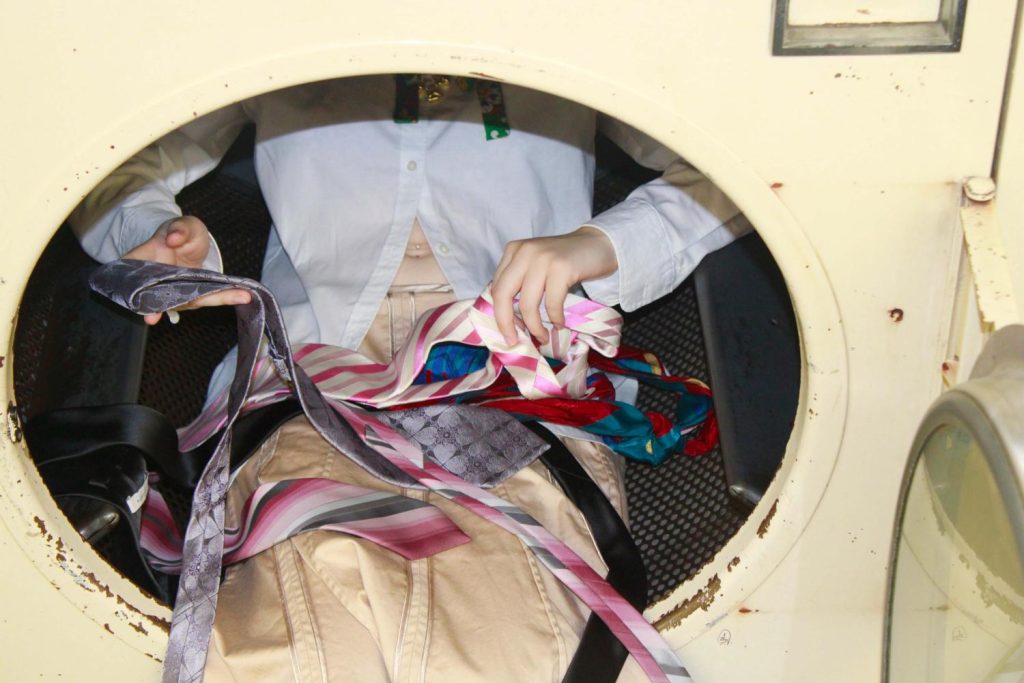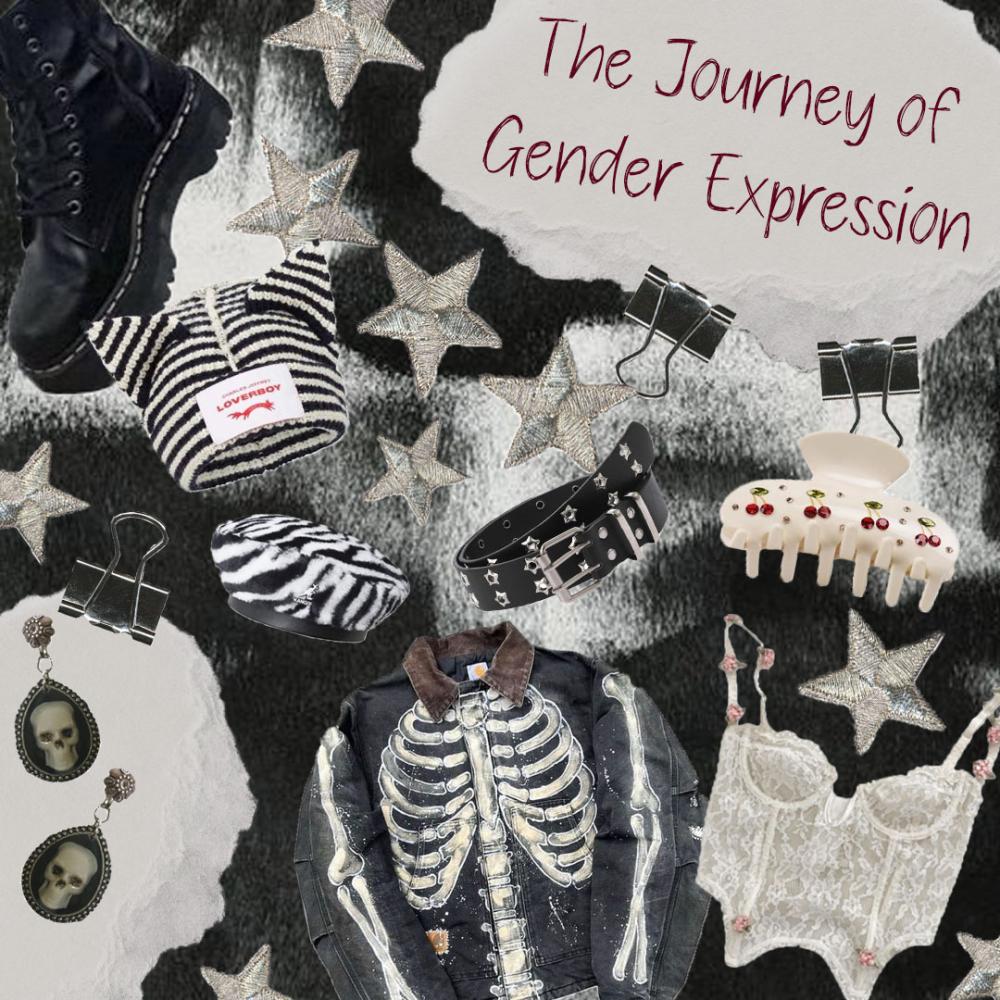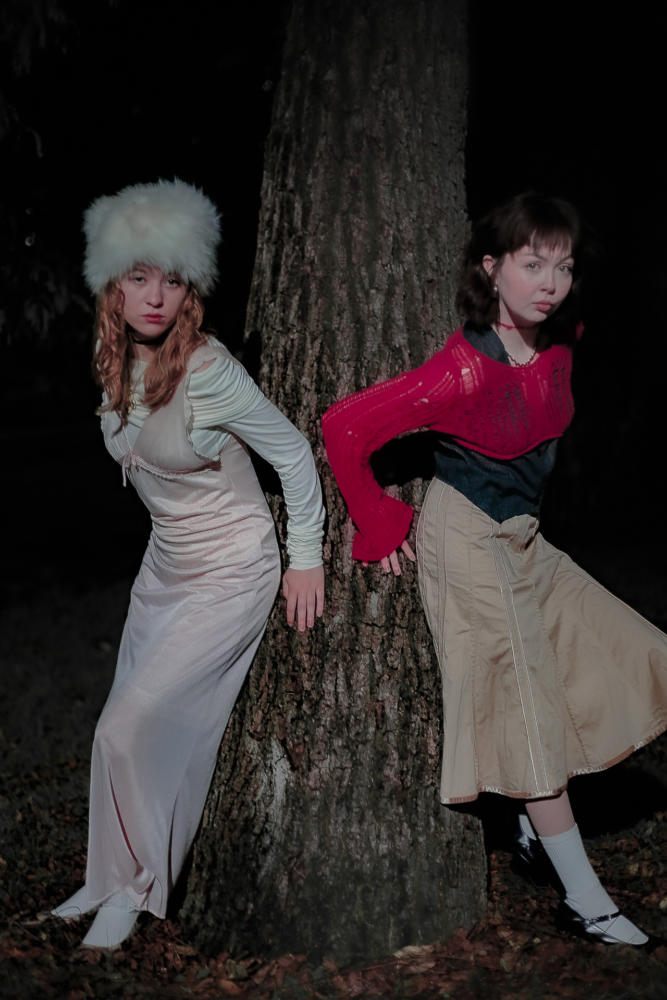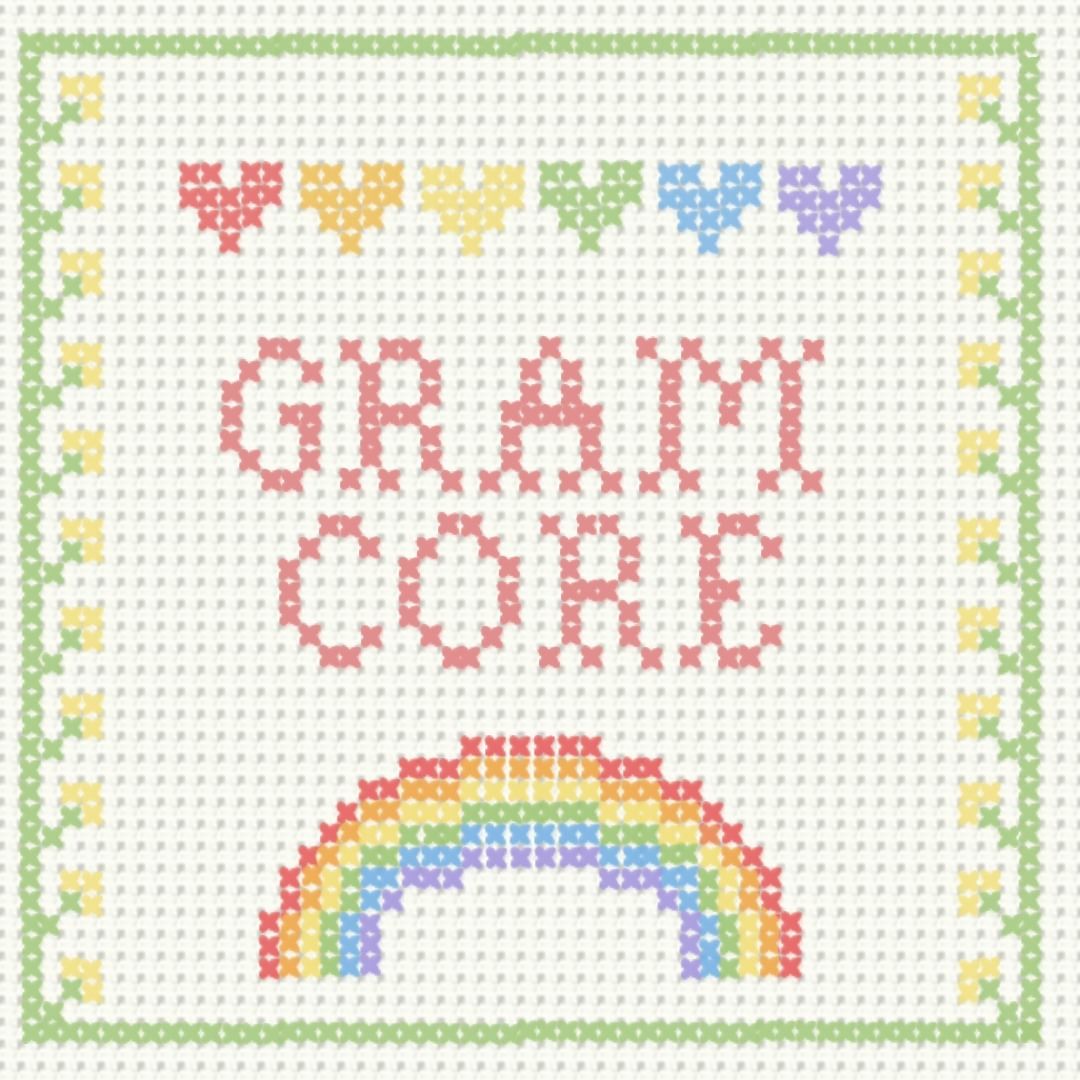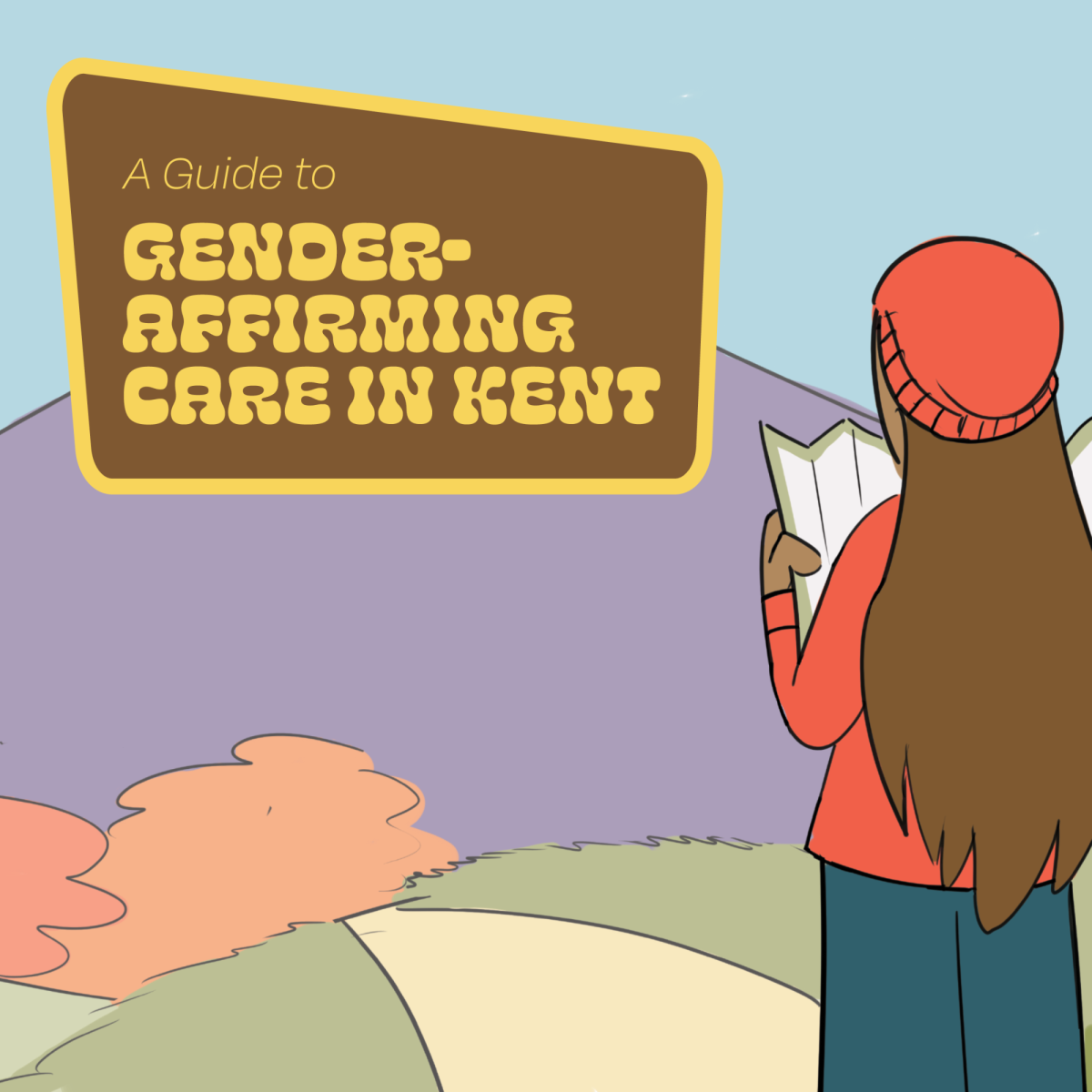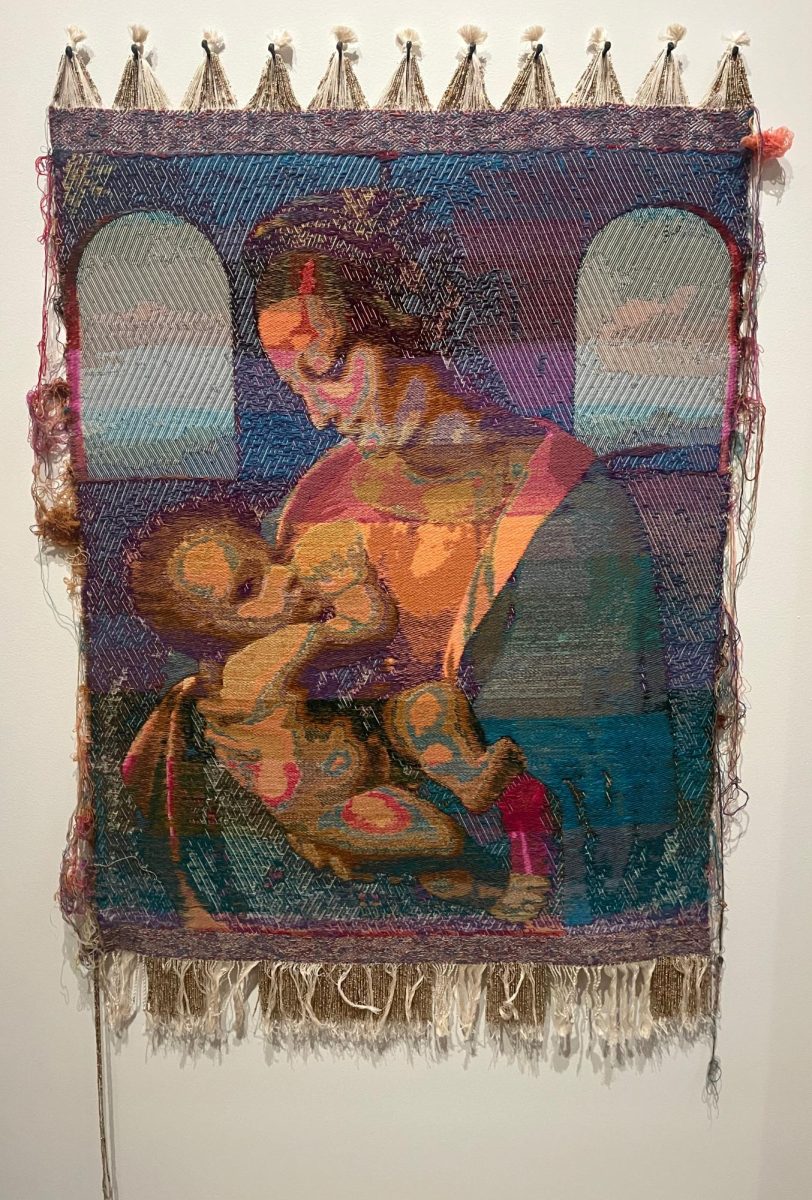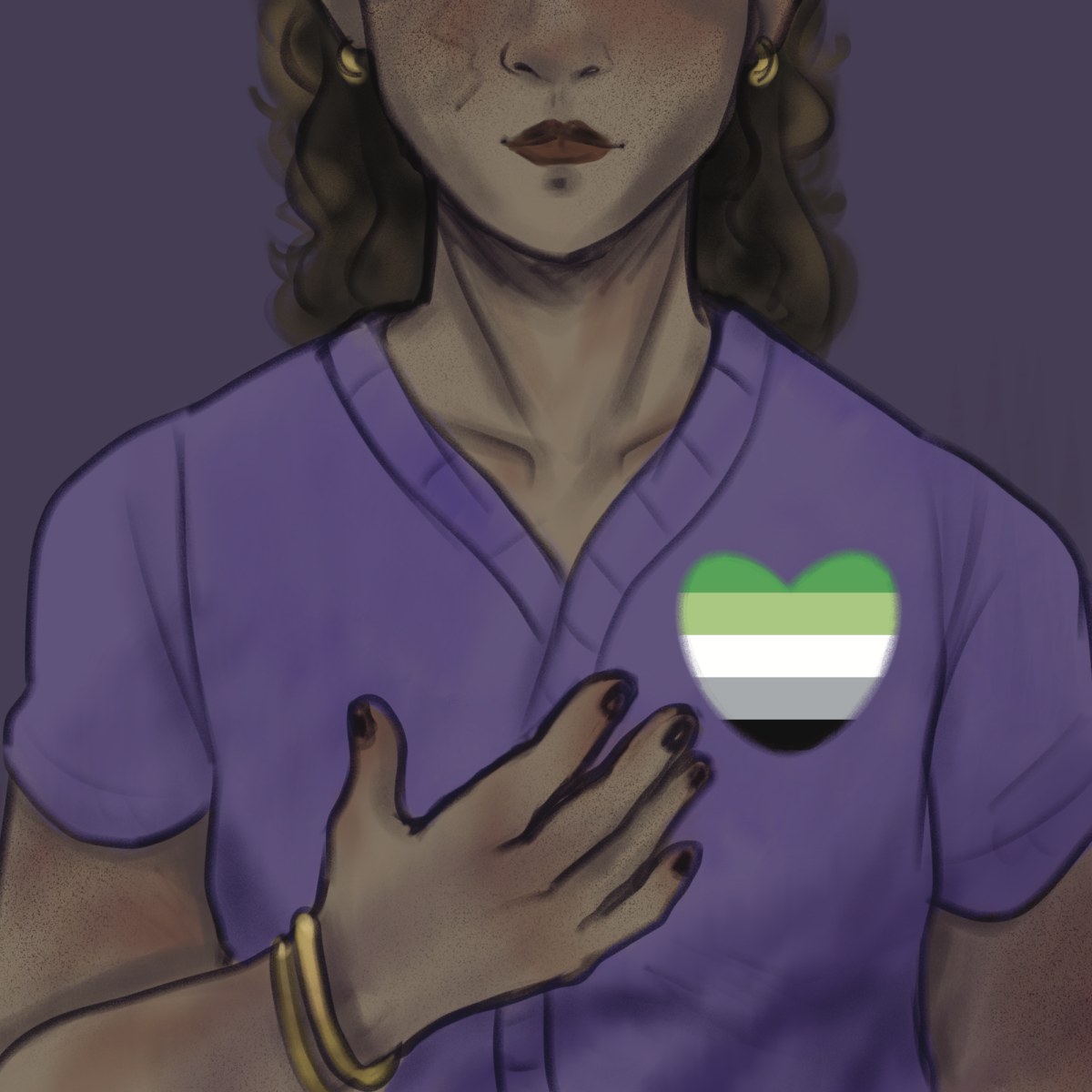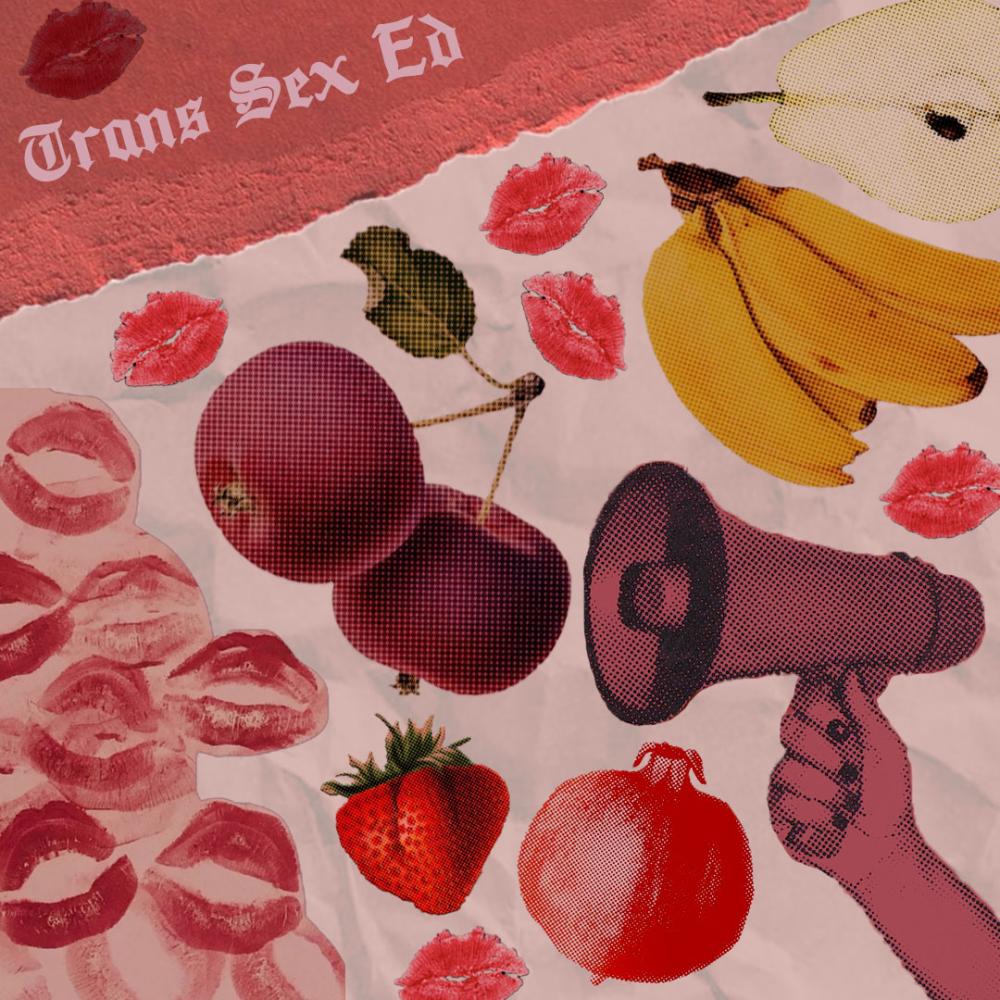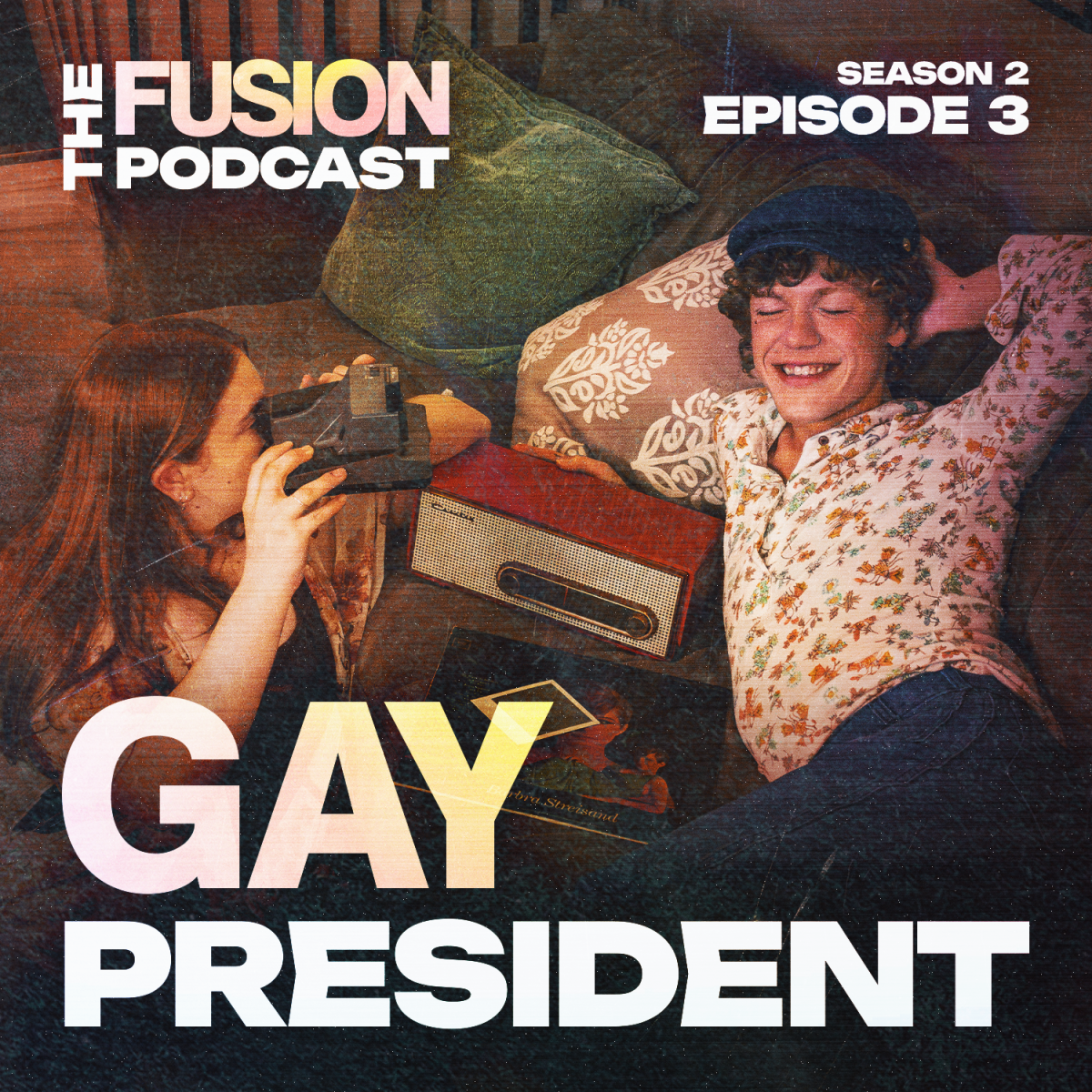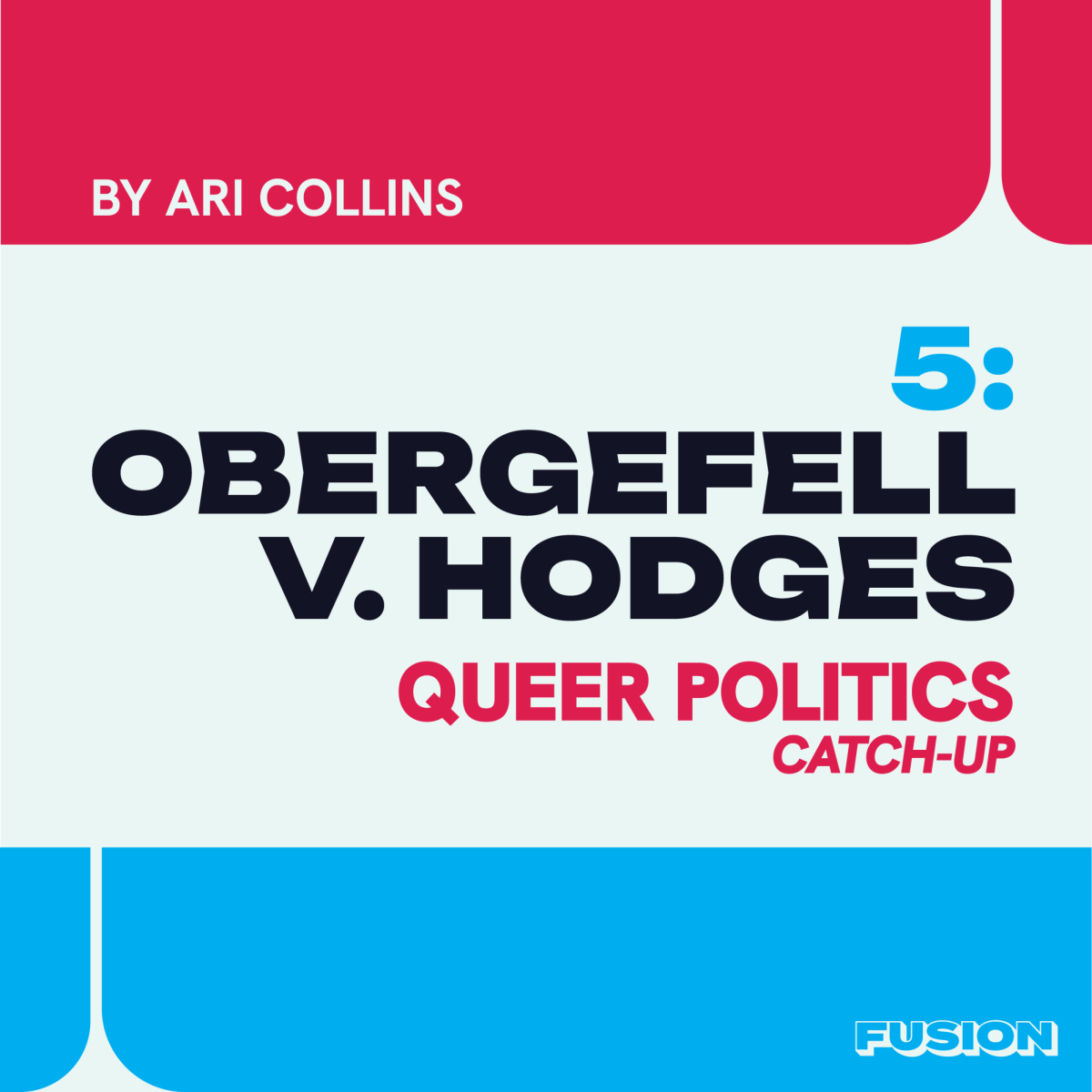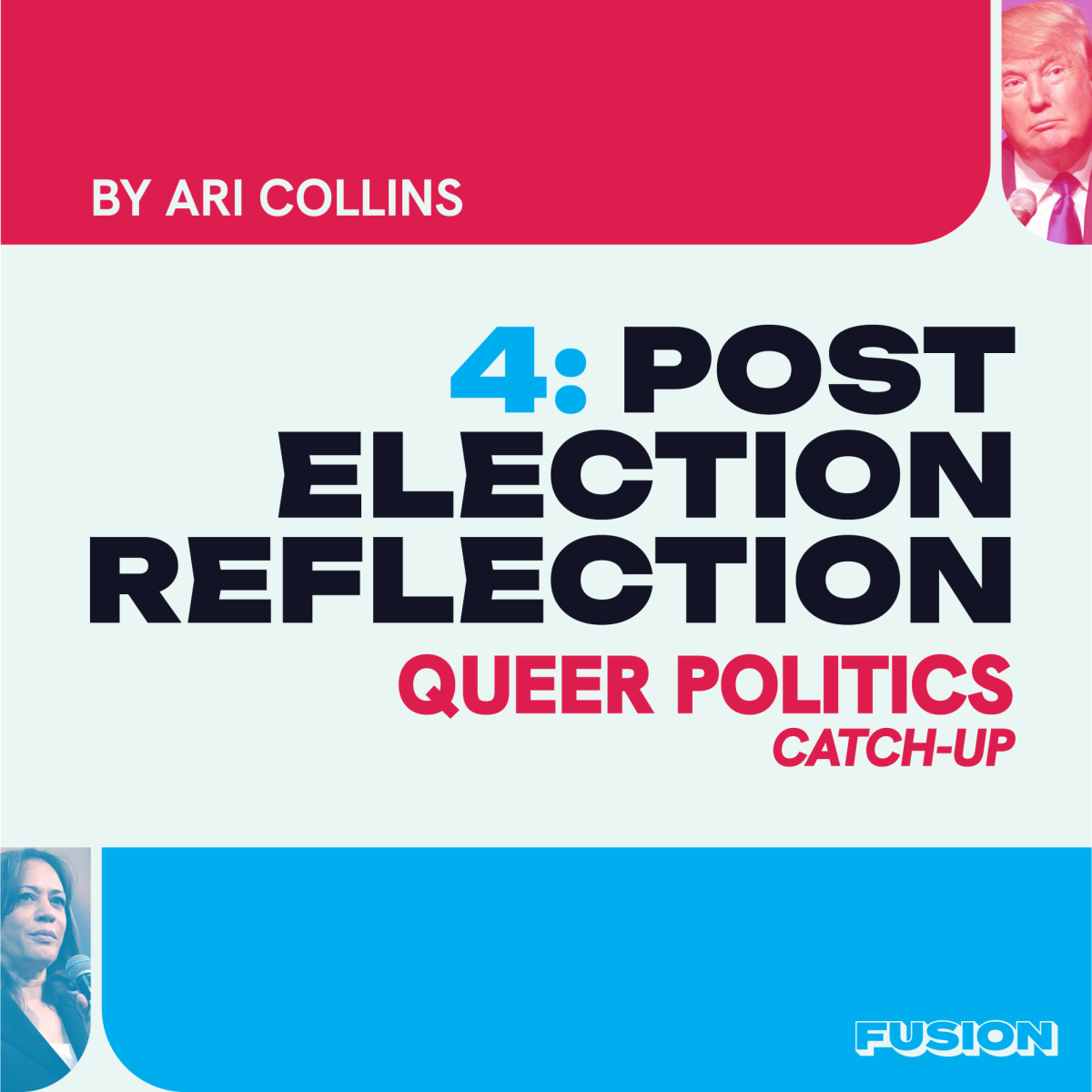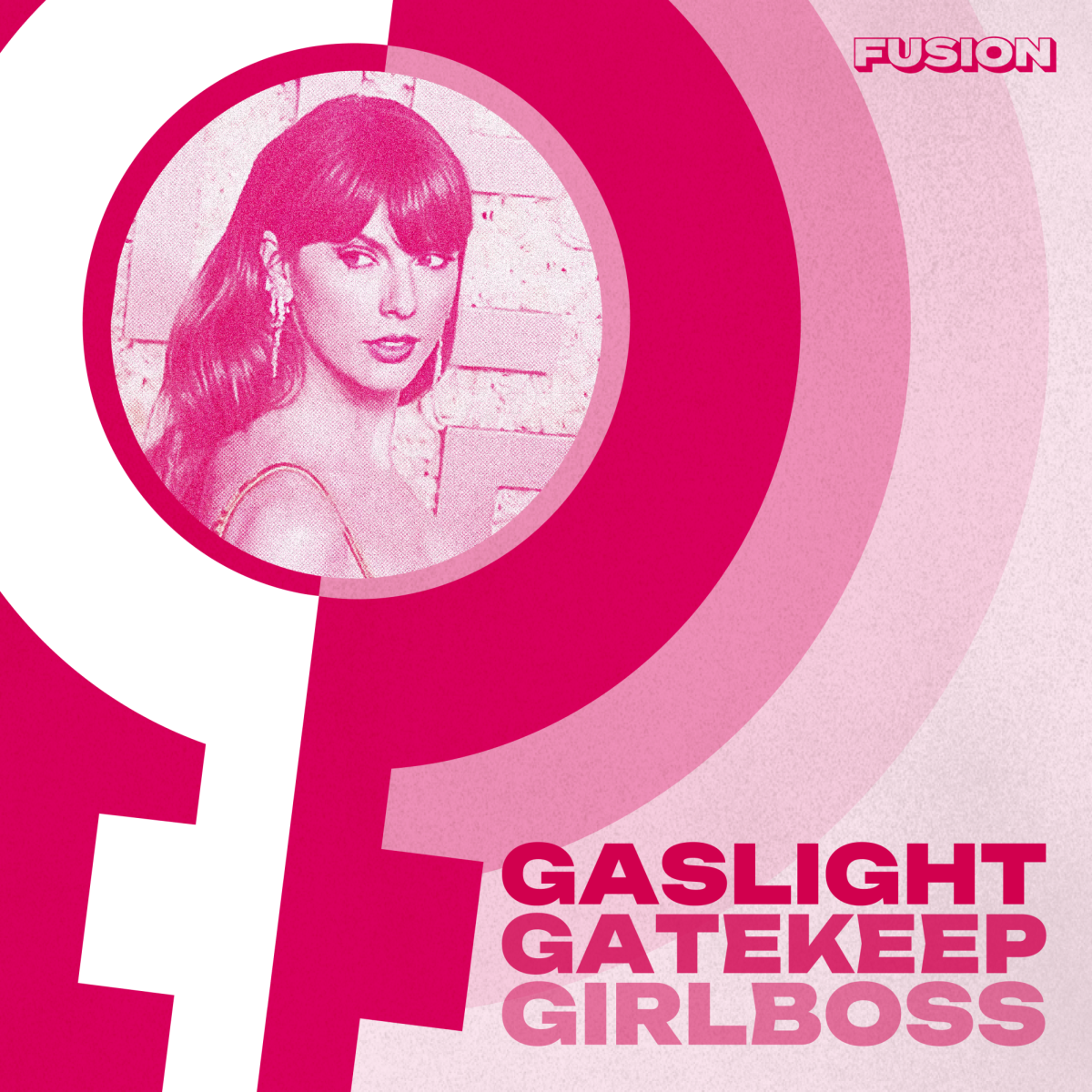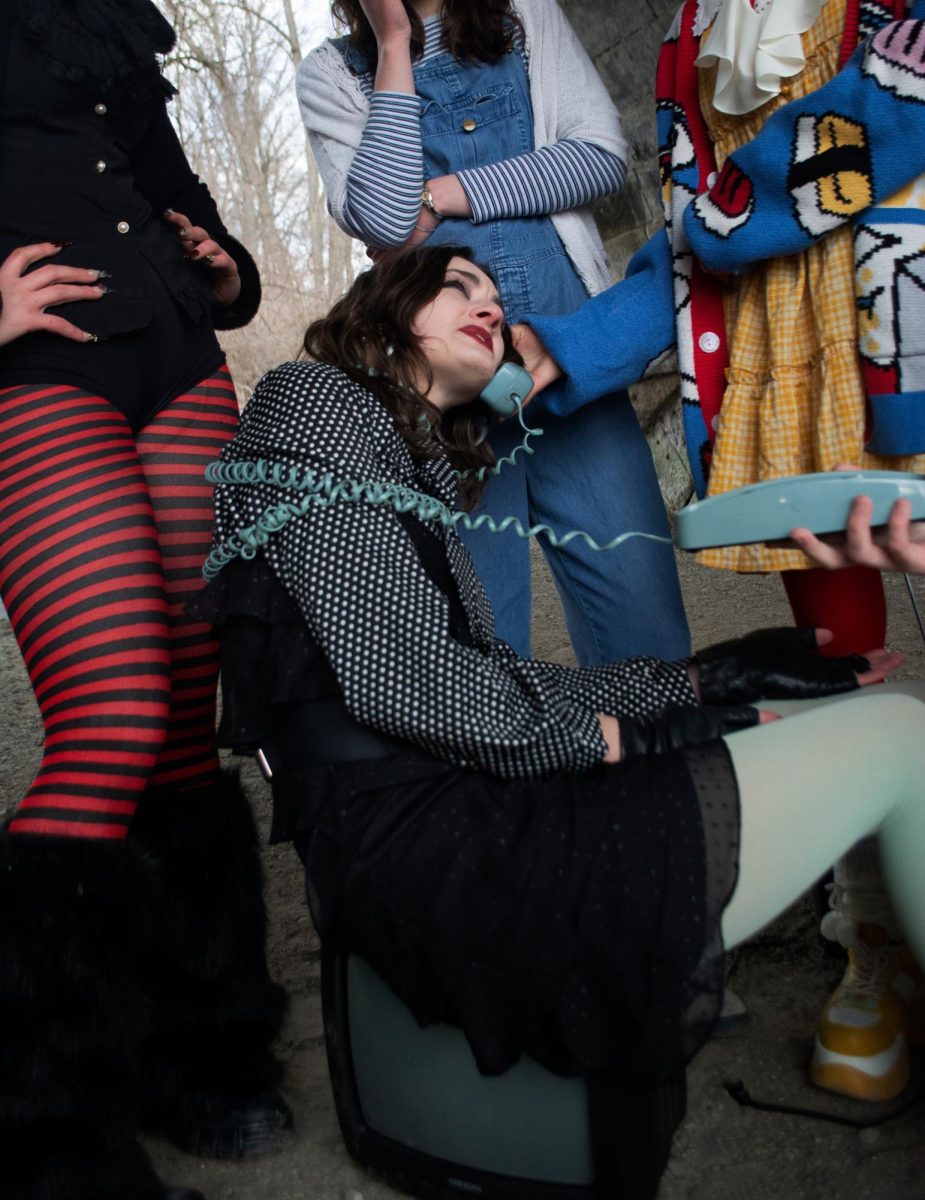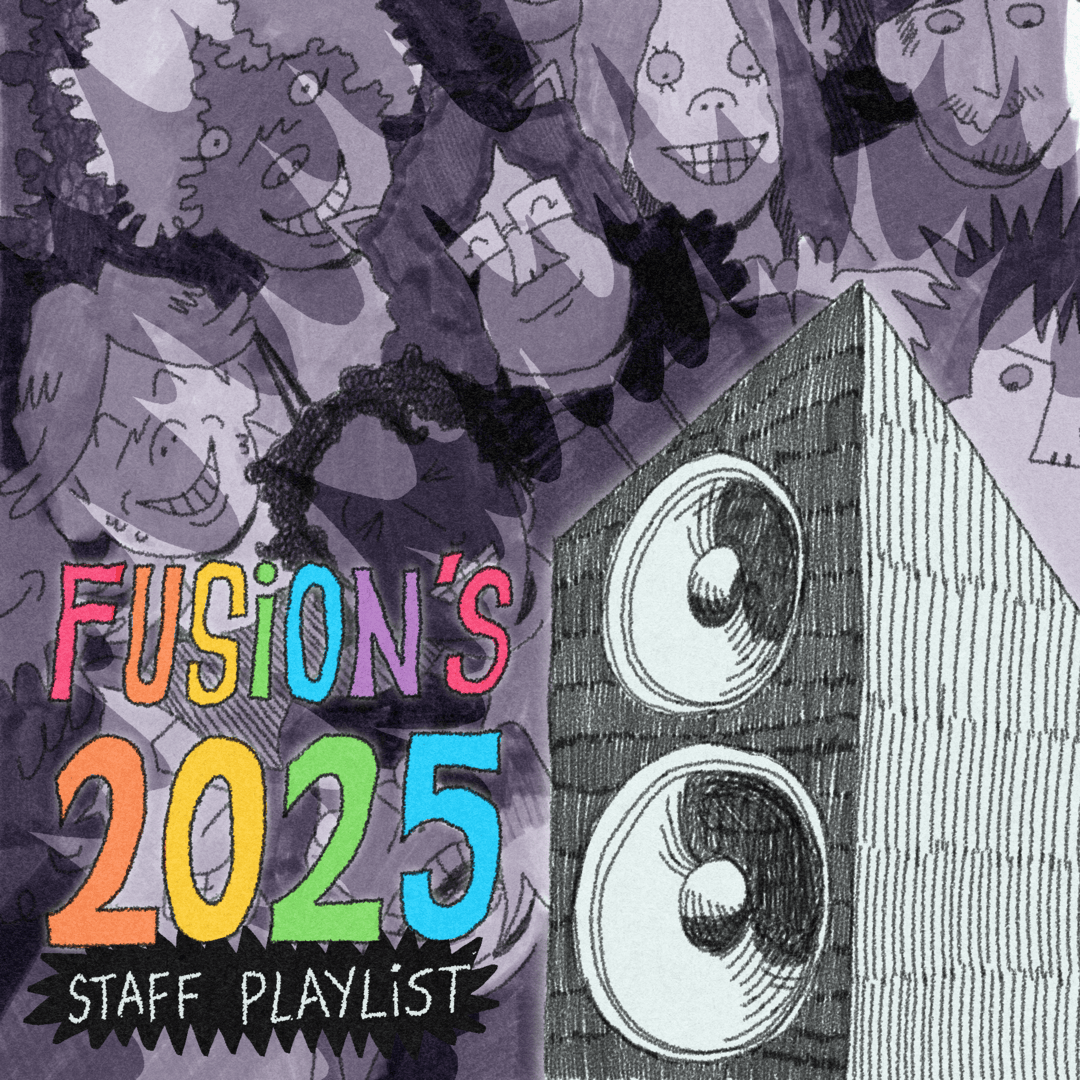It’s a Saturday night at Kent State, a little bit of the way through the fall semester. As you walk by an apartment near campus you can hear shouts and laughter from one specific window on the first floor. You glance in, expecting to see red solo cups and dancing.
Instead, you see a group of people surrounded by skeins and hanks of yarn, mugs of tea and house plants galore. The TV is playing an episode of the fan-favorite Bob’s Burgers. The dress code seems to be sweatpants, hair pulled back by pencils or butterfly clips, and stitched cardigans that were likely handmade by the very people present. Some are engaging in conversation, while others may be curled up with a book.
Many young queer groups are choosing nights in with crafts instead of the typical college-party scene. What is the appeal of cozy, creative hangouts?
This is a phenomenon often referred to as gram-core in which young, typically queer people, opt into nights-in instead of engaging in traditional college activities. For example, you might expect your grandmother to gift you a pair of hand-knit mittens, but it’s probably more common right now to receive those from a friend in the same age group as you.
Gram-core also encompasses the style of outfits that queer people are sporting, primarily cozy cardigans, crochet skirts, clay earrings or anything comfy that brings them joy. You may have heard of the phenomenon called “dopamine dressing,” which refers to using pieces of an outfit to boost your mood. Note that can mean wearing specifically revealing clothing, more modest and comfortable clothing, or a mix of both – just whatever the individual person is wanting to wear.
Why are young queer people gravitating toward comforting and mellow hobbies?
Some examples of gram-core activities include crafting and plant care. This helps keep people’s hands and minds busy as opposed to doom scrolling online. With the constant stream of toxicity online and in the news against marginalized groups, having a tangible way to distract themselves is leaving a positive impact on queer people.
Another aspect of crafting, plant care and gram-core style is the sense of community that these hobbies bring. Queer people have already created a community within their identities, but these are other endeavors that bring people closer together. It isn’t uncommon to see people in these circles swapping knit patterns or plant parent advice.
Another idea that falls under gram-core is taking back expectations of how college-age adults behave and look. With things such as dopamine dressing, queer individuals are less apologetic about putting their comfort over style, whether it’s physical or emotional comfort. They can dress based on their own individuality and not worry about outside perspectives. There is no pressure to appeal to sexualization in dressing, and instead there are baggy pants and sweatshirts.
Please remember that this does not mean that queer people do not dress in revealing clothing. They still can and will choose to embrace their sexual energy with their style. The point is that there is a personal balance for each queer person which brings them comfort. It can be considered as “rebelling against the rebellion.”
Simply put, all of those things together show that queer people are learning quicker how to create a community and enjoy life. They are allowing themselves to reap the benefits of what they’ve sown without having to spend 35 (or more) years behind a desk to “earn it.” Life is far too short and fragile to not take things as they come. Young queer people are understanding that, and they are seeing the benefits to appreciating life to its fullest potential.

